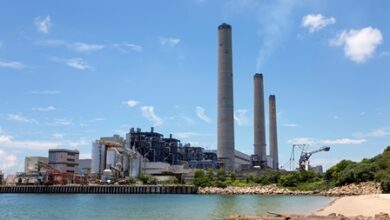The Austrian Circular Economy Strategy, The Austrian Circular Economy Strategy

The reduction of resource consumption,waste and emissions has a special importance within the context of sustainable development and Climate Protection. The realization requires a fundamental transformation: from the linear “take-make-use-waste” economy to a circular economy.
The Austrian circular economy strategy was developed and led by the Federal Ministry for Climate Protection, Environment, Energy, Mobility, Innovation and Technology (BMK) together with numerous actors from economics, science, administration and civil society. The creation of content was overseen by the Federal Environmental Agency and the ÖGUT. It started with an online survey with 405 participants, followed by a vision workshop and 14 in-depth interviews with selected early adopters from various sectors. Nine online workshops provided comprehensive input on the transformation focal points selected for Austria.
The circular economy strategy is based on existing national strategies and programmes. Important bases for this are reports on resource use in Austria. The bio-economic strategy for the switch to renewable resources in the waste prevention programme, the federal waste management plan in the area of efficient use of resources and the secondary raw materials, the action plan for sustainable public procurement and the raw materials master plan 2030, which also specially addresses supply reliability of mineral raw materials. are all closely linked.
There are important synergies with the energy research and innovation strategy, the national energy and climate plan (NEKP) and the mobility master plan 2030, because the circular economy is essential for achieving climate goals. That also applies to the biodiversity strategy and the microplastics action plan. In addition, the circular economy is an important cornerstone for the location strategy currently being developed and is based on the digital action plan. A significant driver for the transformation is innovation, that should gain additional dynamics through the FTI strategy 2030 of the federal government and the FTI Pact 2021-2023. Spatial planning, soil protection, building, infrastructure and traffic planning also play an important role that has a strong influence on the demand for resources.
The Austrian circular economy strategy is commensurate with the international, in particular the European objectives, above all with the “UN Agenda 2030 for sustainable development” with 17 sustainable development goals (SDG) and should significantly contribute to achieving the national (climate neutrality by 2040) and international climate goals laid out in the Paris Climate Agreement 2015 and which the EU is driving forward with the “Fit for 55” package.



